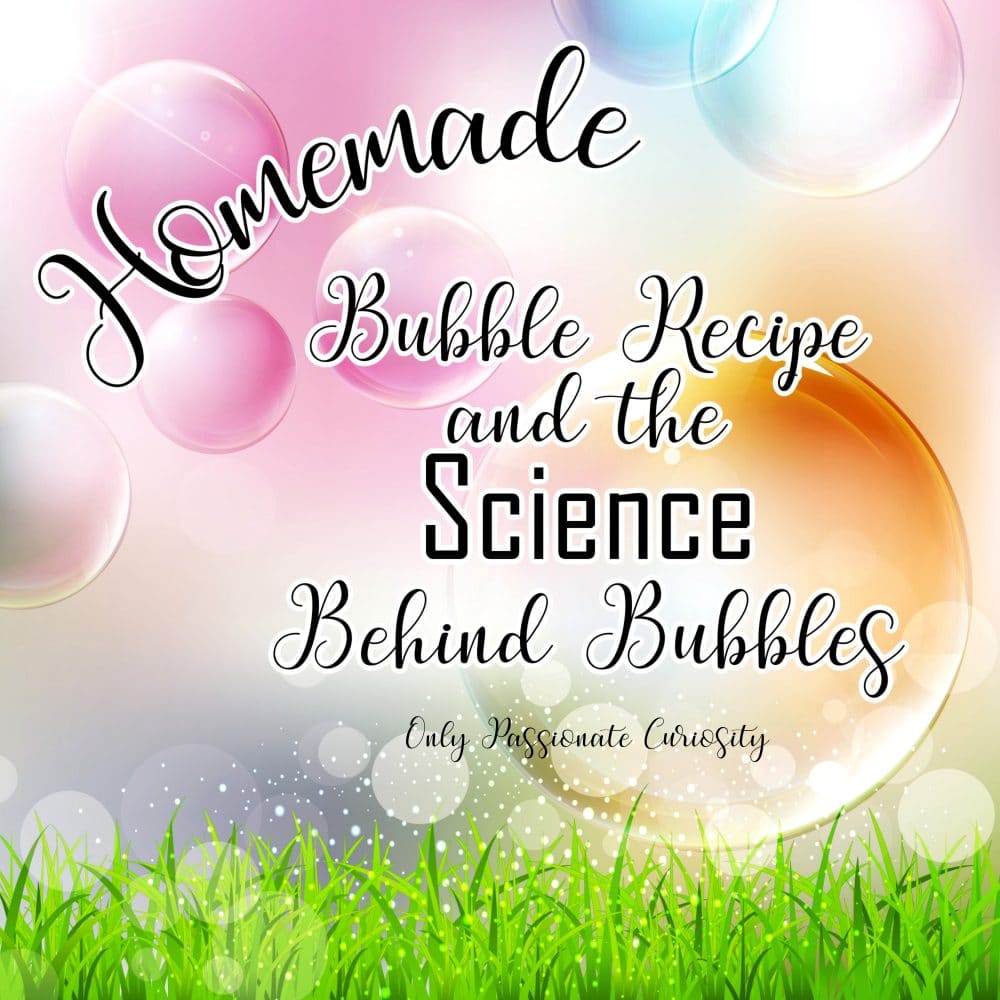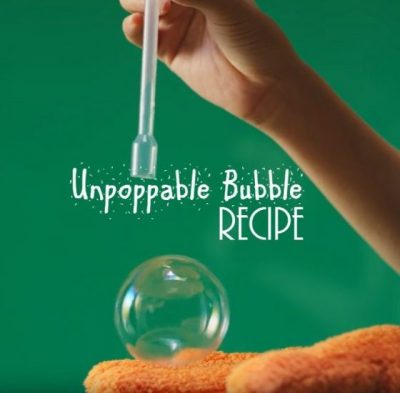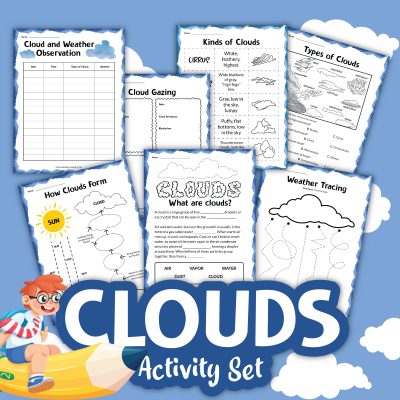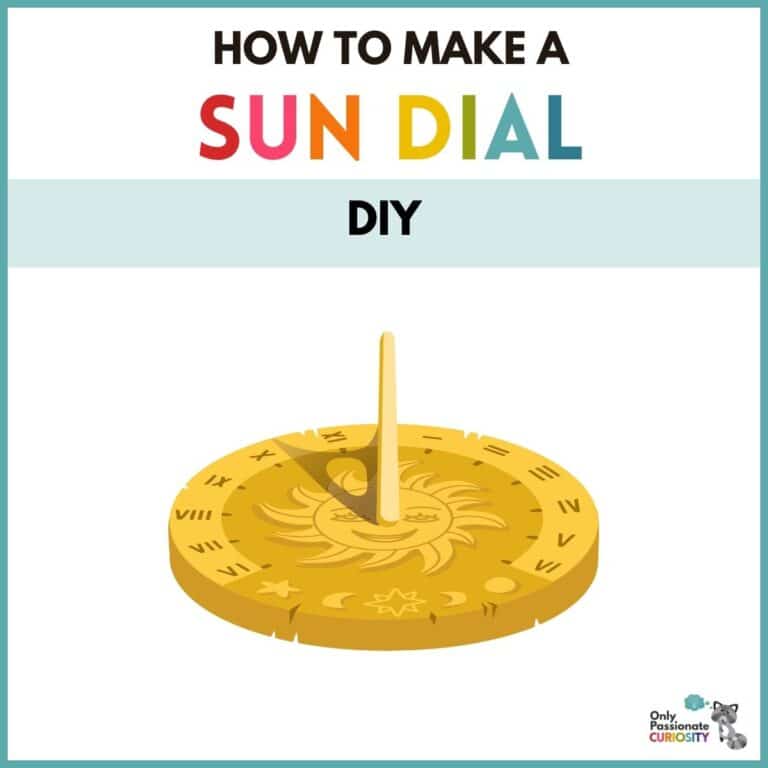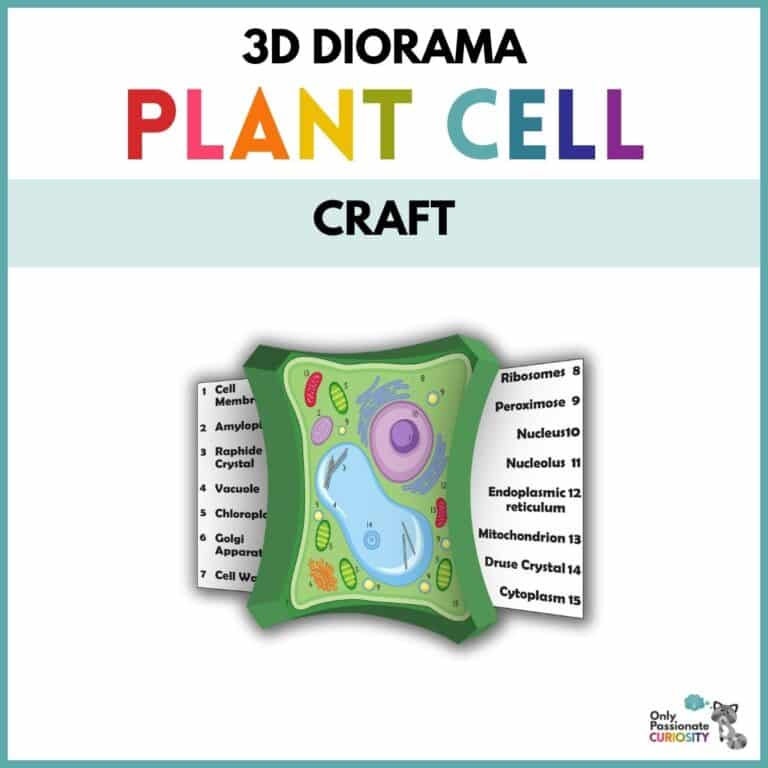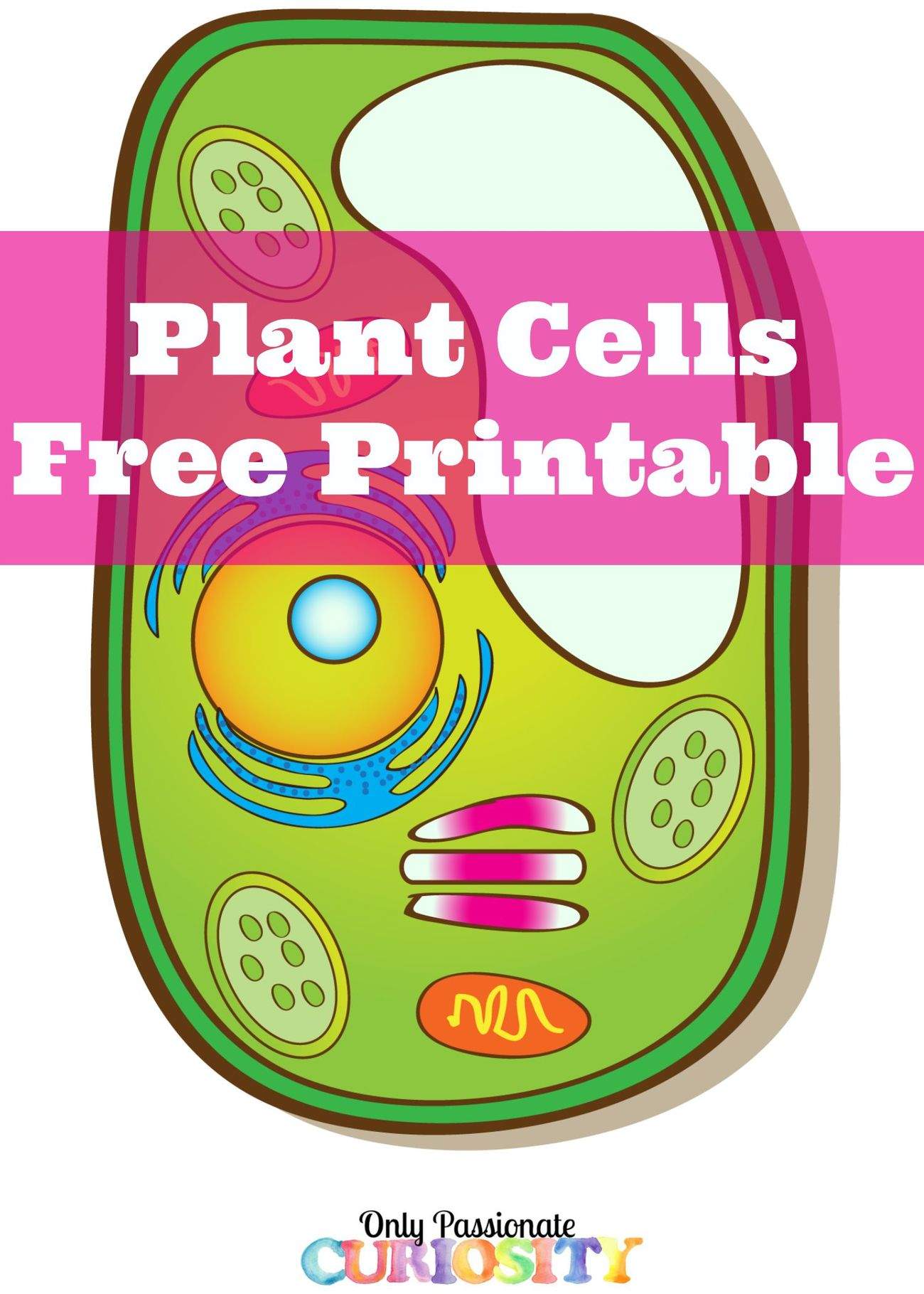Bubble Recipe and the Science Behind Bubbles
My kids and I have always enjoyed blowing bubbles! We’ve tried using store-bought “bubble juice,” homemade recipes, and even unpoppable bubble recipes. We’ve used those little tiny bubble wands that come in the store-bought bubble containers. We’ve created our own bubble wands from supplies we have around the house (like string, Mason jar rings, etc.). We’ve used extra-large bubble wands and bubble wand sets.
Here is one of the bubble juice recipes we’ve used that has worked well for us. It’s a simple recipe using ingredients you probably already have–except maybe the glycerine–but that’s easy to find. (I keep glycerine in the house because I add it to my homemade liquid hand soap recipe.)
The Recipe
- 6 cups water
- 1/2 cup blue Dawn dish detergent-original formula
- 1/2 cup corn starch
- 1 tbsp baking powder
- 1 tbsp glycerine (found in most drug stores)
The Instructions
Dissolve the cornstarch in the water, using a wire whisk to get any chunks out.
Gently, gently stir in the rest of the ingredients but try not to create bubbles in the mixture.
The hardest part of this recipe? Letting the mixture sit for at least an hour.
The Bubble Wand
This is an important step, obviously, because you need a way to get the bubble mixture into the air! You can use two long sticks with yarn tied to all four ends to create a rectangular wand in any size your kids can handle. You can use plastic or stainless steel straws with the yarn attached to each of the four ends. Or you can use pipe cleaners and make a loop in one end of them to create a smaller version. If you don’t have time or resources to make a homemade bubble wand for this activity, you can purchase an affordable one here.
Using a cookie sheet with sides, an aluminum pie plate, or a plastic tray, pour the solution deep enough to allow the wand to be covered with the solution when dipped.
The Science
Bubbles are best attempted in the shade or on an overcast day. Why? Hot sunshine, or dry air, can make the bubbles evaporate quickly. And the reason bubbles pop so easily against a dry finger? The water molecules in the bubble mixture are attracted to your dry skin!
A bubble pops when the water, which is trapped between the layers of soap, evaporates. The glycerin mixes with the soap to make it thicker. The thicker skin of the glycerin bubbles keeps the water from evaporating as quickly, so they last longer. It also makes them stronger, so you can blow bigger bubbles.
How do bubbles actually form? The ends of the soap molecules crowd to the surface, trying to avoid the water, and stick out away from the layer of water molecules. As a result, water molecules separate from each other. The increased distance between the water molecules causes a decrease in surface tension, enabling bubbles to form.
Now that you know a little about the science behind bubbles, have a bubble recipe to try, and know how to make or buy all kinds of bubble wands, go outside and give it a try!
You May Also Like:
25 Educational and Outdoor Summer Boredom Busters



